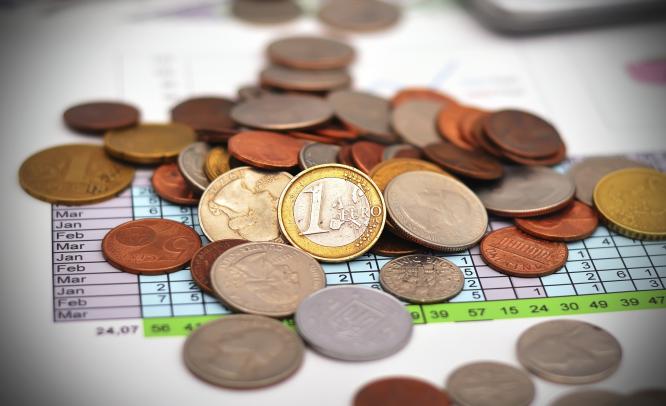1703 Anne, Pre-Union Gold Five Guineas up £50,000 to £375,000
March 21, 2016: Stanley Gibbons has released the latest version of its GB200 Rare Coin Index (the “Index”), depicting a steady 6.2% increase on 2014. In a period where the FTSE 100 lost ground, the Index shows growth and stability for rare coins as an alternative investment asset class – achieving a compound annual growth rate of 11.4% over the last ten years.
Highlights
- Rare coins offer attractive alternative to more volatile assets
- Index shows 6.2% increase in 2015, outperforming FTSE 100
- Index shows compound annual growth rate of 11.4%
- Most valuable coin in the index up by £50,000 to £375,000
- Follows sale of Penny Red Plate 77 stamp for £495,000 – a healthy collectibles market
The Rare Coin Index is a snapshot of the market for investment-grade coins. It is a representative sample of 200 rare British coins, with values taken from the independent Spink catalogue of English coins, with a view to tracking the performance of the asset class as a whole, as well as that of the individual pieces. The values are updated annually and are based on aggregating global auction realisations.
In another strong year, the standout performer was the 1738 George II Gold Five Guineas, which increased by 50% to £45,000, although the biggest increase in sheer monetary terms was the 1820 George III, Gold Five Pounds (LX pattern only), which grew £75,000 in value. The most valuable coin in the index, the 1703 Anne, Pre-Union Type Gold Five Guineas also increased in value by £50,000 to £375,000.
News of the coin market’s resilience comes just four weeks after Stanley Gibbons sold one of Britain’s rarest coins, an Edward VI “Boy King” gold sovereign of 30 Shillings to an investor in Asia for £250,000.
Luxury and collectibles continue offer a powerful hedge to global financial instability. In a year when the FTSE 100 lost 4.9%, the Rare Coin Index continued to make solid gains. Indeed, the Knight Frank Luxury Index ranked coins as the least volatile luxury asset over the last ten years.
This follows the news last week that Stanley Gibbons has sold a Plate 77 Penny Red stamp valued at just under half a million pounds to a British collector-investor.
Keith Heddle, Managing Director of Stanley Gibbons Investments, commented: “Coins are a classic heritage investment, with more than two and a half millennia of history, tangibility, desirability and strong investment growth. With interest rates still at record lows, these alternative assets can provide not only an excellent return on investment, but are also much more enjoyable to own than a share certificate or a unit in some fund”.


